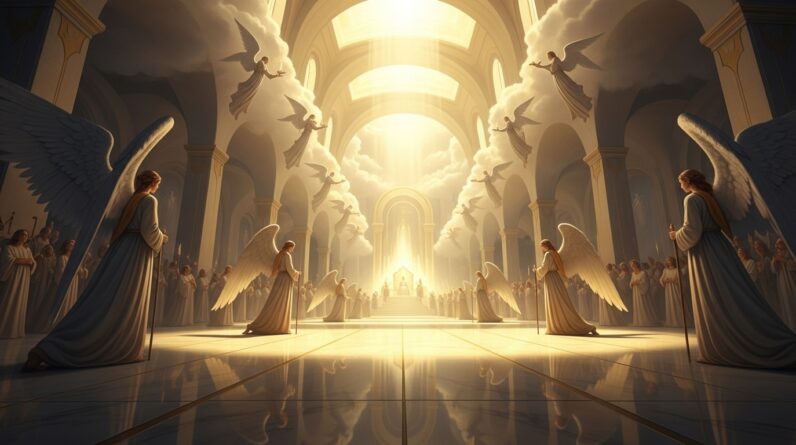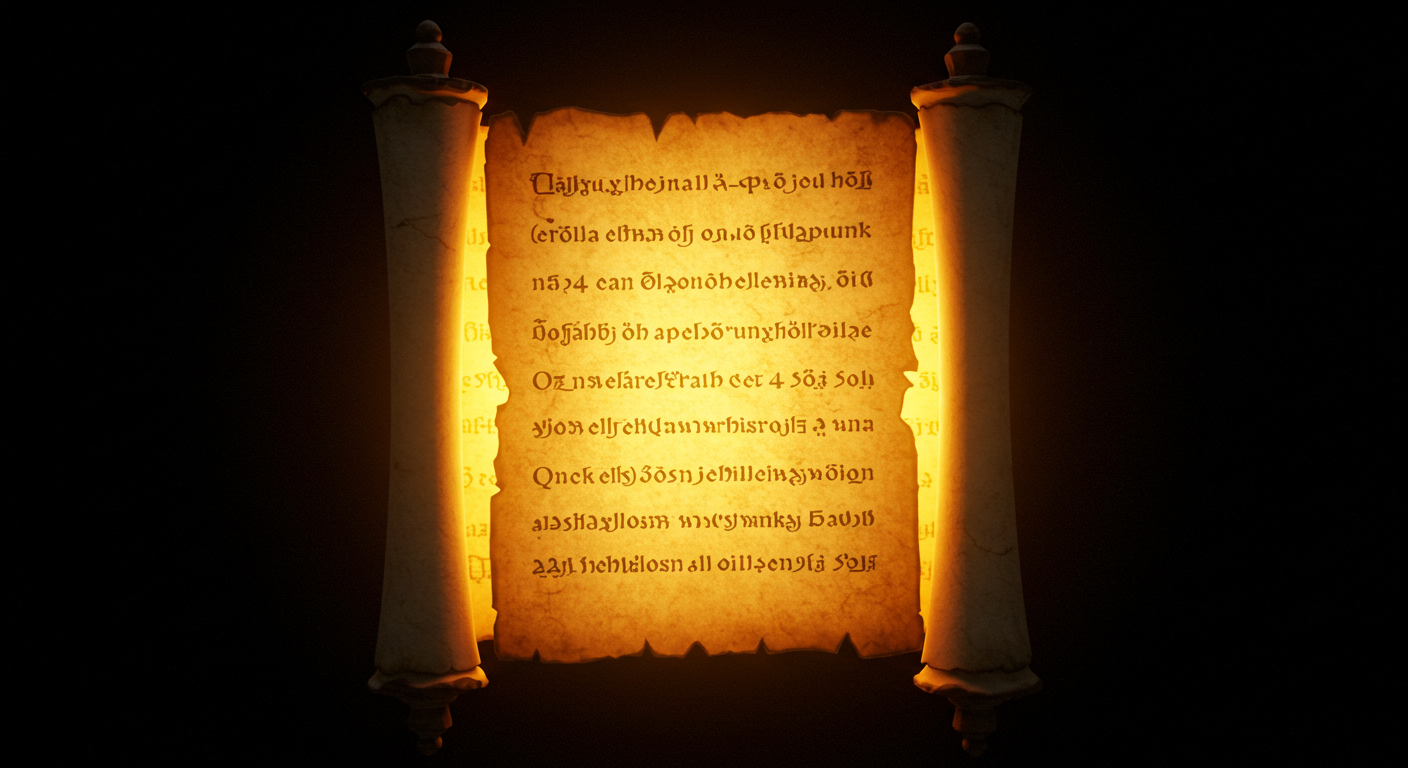Explore the profound themes of Revelation 20:2 and how the binding of Satan offers hope amid chaos. Dive into this vivid narrative of spiritual victory and resilience.
The Chain Binding Satan: When Evil Is Contained — Revelation 20:2
Introduction: Setting the Scene
In the book of Revelation, a vivid tapestry of visions unfolds, each carrying profound implications for the past, present, and future of humankind. Among these, Revelation 20:2 stands out, where we witness the binding of Satan. The verse captures a dramatic narrative moment: “He seized the dragon, that ancient serpent, who is the devil, or Satan, and bound him for a thousand years.” This imagery speaks to the overarching theme within Revelation of spiritual conflict and God’s promise of victory over evil.
This vision isn’t just a biblical narrative isolated in ancient text. It matters because it paints a picture of an ultimate reality that believers anticipate and draw strength from today. The concept of evil being restrained promises hope and vindication, echoing throughout the pages of human history, touching hearts, and illuminating lives that struggle with darkness.

Exploring the Vision in Depth
Summary of Key Symbols
Revelation is a book filled with symbols—each rich in meaning, each fundamental to understanding the broader narrative. In Revelation 20:2, several symbols stand out: the dragon, the ancient serpent, and the binding chain. The dragon often represents Satan’s overwhelming power, a force of chaos and destruction. Meanwhile, the “ancient serpent” harks back to the Garden of Eden, linking the serpent that tempted Adam and Eve to Satan. And, the chain symbolizes divine power and authority, strong enough to bind what seems unconquerable.
Contextual Background
To appreciate the richness of this vision, it’s essential to explore its context. Revelation was penned during a time of great persecution for early Christians, believed to have been written by John in exile on the island of Patmos around 95 AD. This was an era where Roman rule felt absolute and oppressive. In light of such tyranny, these apocalyptic narratives provided a profound sense of hope. The imagery of Satan bound resonates with other biblical motifs. For instance, Isaiah speaks of the eventual punishment of Leviathan, the coiling serpent, drawing thematic parallels.
Interpretation
This vision, at its heart, tells of containment, yet it goes beyond the literal. The binding of Satan isn’t just about limitation but a testament to divine justice and order. It’s an assurance that chaos, while daunting, is temporary and subject to God’s sovereignty. The imagery suggests a time when evil’s deceptive power will be curtailed. The broader message of Revelation, affirms that though spiritual battles rage, God’s ultimate plan ensures the triumph of good over evil.
Relevance for Today’s Readers
Spiritual Insight
As modern readers, we might question what these ancient symbols mean for our lives now. Beneath the vivid imagery lies a spiritual insight that remains timeless: the reality of spiritual struggle and the promise of divine intervention. In a world rife with chaos, this vision reminds us that God ultimately governs the order of things.
Application in Daily Life
The binding of Satan is more than an abstract concept; it invites us to reflect on how we confront evil in our daily lives. Whether facing personal battles of doubt, fear, or despair, this vision reassures us that these challenges are not insurmountable. Instead, it encourages us to seek God’s strength, to trust in His justice, and to hold onto hope even when the chaos seems boundless.
Supporting Verses and Cross-References
The themes of Revelation 20:2 resonate throughout the Bible. Cross-references such as Ephesians 6:12 remind us of the spiritual warfare believers face: “For our struggle is not against flesh and blood but against … spiritual forces of evil.” Similarly, James 4:7 urges us to resist the devil, promising that he will flee from us. These verses weave a tapestry of wisdom and encouragement, echoing the messages found in Revelation.
Conclusion: Reflection on the Vision’s Message
Drawing from the vision in Revelation 20:2, we understand that God’s power is an unyielding force against the backdrop of evil. This forms the core takeaway: despite the spiritual battles that fill our lives, we are reassured of God’s ultimate victory. It’s a message of hope, urging us to stand firm in our faith.
As you ponder this vision’s message in your spiritual journey, take the time to delve deeper into Scripture, seeking further wisdom and understanding. Allow yourself to be inspired by the hope it offers and embody that hope in your daily life. In moments of trial, may you find solace in God’s sovereignty and the assurance of His victory.







